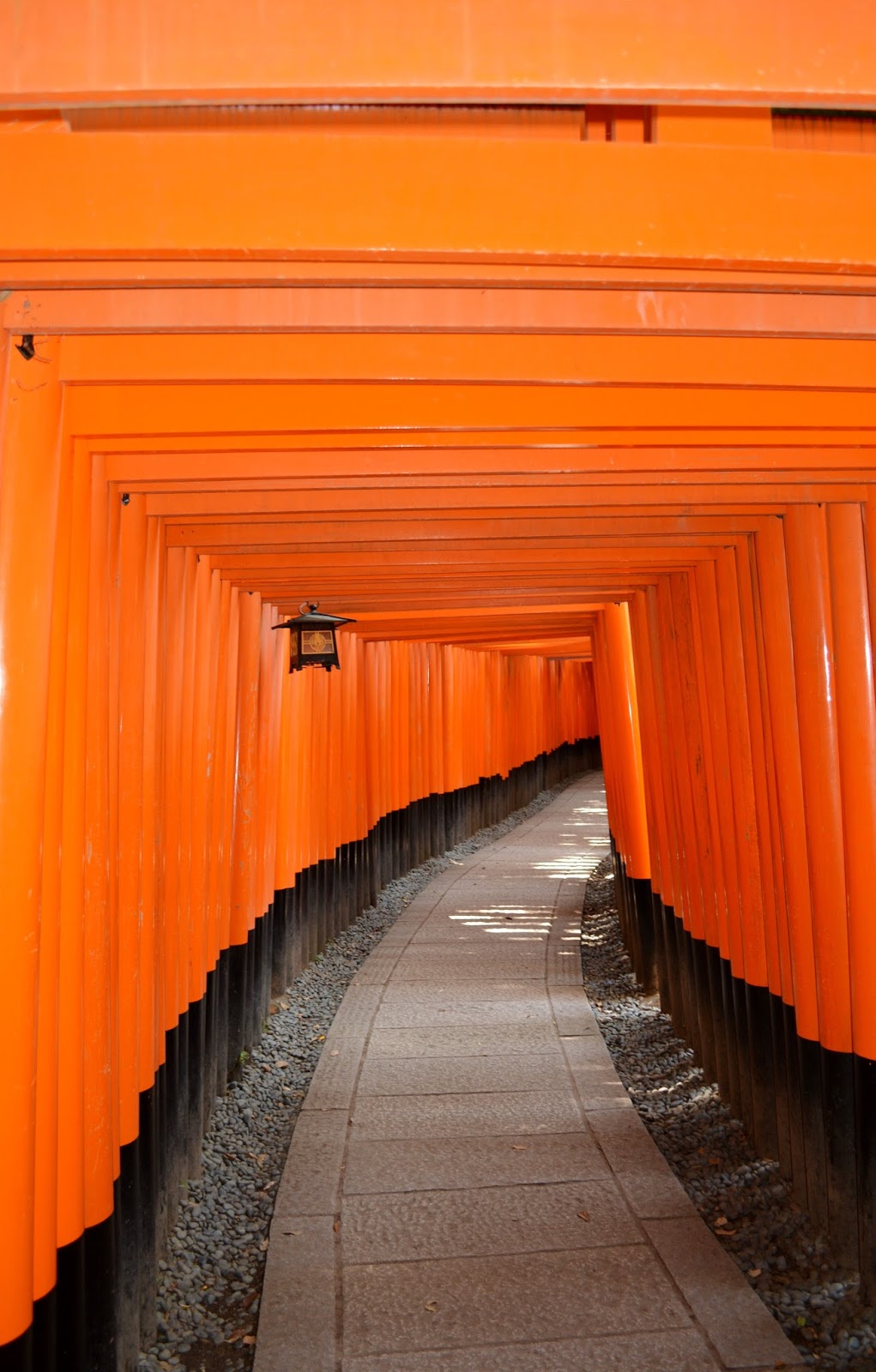It's our final day of this trip! It's gone sooo quickly! We've walked miles upon miles upon miles but I think we saw, ate and drank about as much as possible. Today we saw Nanzenji Temple and Chionin Temple then made our way home to Misawa. For information about where we stayed, how we got around Kyoto, etc., see It's a Trip Part 2.0. To read about how we got to Kyoto from Misawa, see It's a Trip Part 1.0. Or read any of the other gazillion (ok, actually 11 including this one) posts in my It's a Trip series to see how we spent our time in Kyoto/Hiroshima.
Kyoto map with today's locations.
The area where Nanzenji Temple is located was originally developed as a residence for a former Emperor in the mid-1200's, later that century (1291) it was dedicated as a Buddhist Temple. Just like pretty much everywhere else we've visited, the original buildings burned down long ago and have been rebuilt at least once. The grounds of Nanzenji have several buildings, gardens, sub-temples, a rock garden and an aqueduct, we just wandered around, we did not enter any of the paid areas.
We got to the temple via subway, Keage Station is about 600 meters from the temple.
Nanzenji is open everyday except December 28th-31st from 8:40-16:30/17:00 (depending on season). It is free to enter the temple grounds, admission cost to other areas vary, the principle attractions are the Sanmon Gate ¥500 and Hojo Garden ¥500.
GPS coordinates: 35.012247, 135.793845
Here's a little snippet of monks chanting. We couldn't see them, but they were in the Hatto or Dharma Hall.
 |
| Aqueduct that was completed in 1890. The purpose was to help transport water and goods from Lake Biwa to Kyoto. It was/is also used for hydroelectricity. |






.jpg)








































